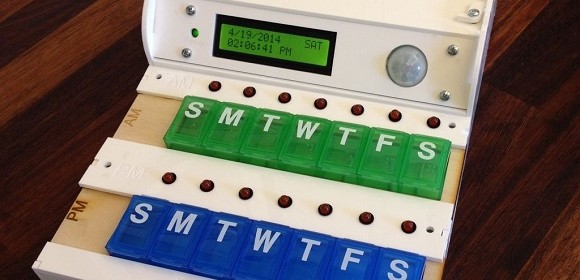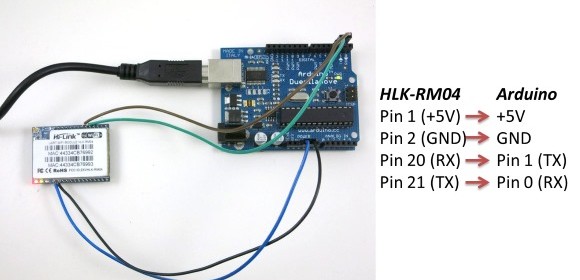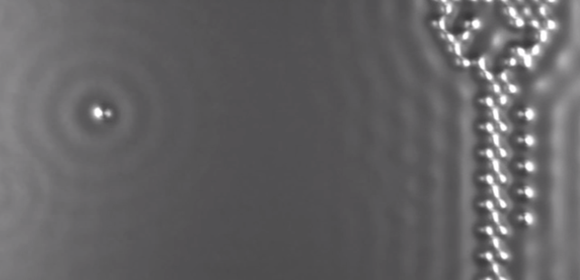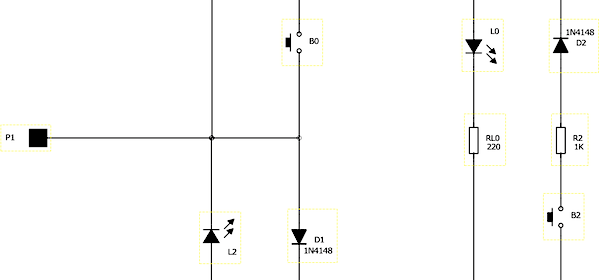Very accurate master clock synchronized to the DCF77 time signal
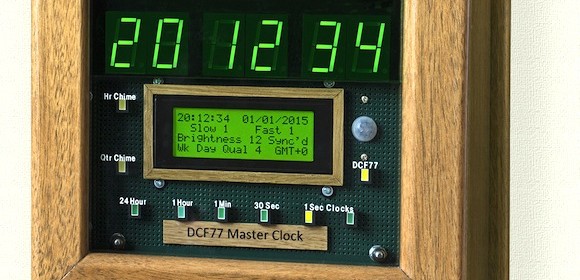
Brett’s new masterclock is Arduino-controlled and keeps very accurate time by periodically synchronizing with the DCF77 “Atomic” Clock in Mainflingen near Frankfurt, Germany. The DCF77 library for Arduino is used to decode the time signal broadcasted from the atomic clock. The time is displayed as hours, minutes, and seconds on six 1″ seven segment LEDs. A 4×20 I2C LCD display is also used in the project to display additional info such as display brightness, sync information, signal quality, auto tune’d frequency, auto tuned quartz accuracy, etc. Both the displays are auto-dimmed based on the surrounding light intensity using an LDR sensor
Read more